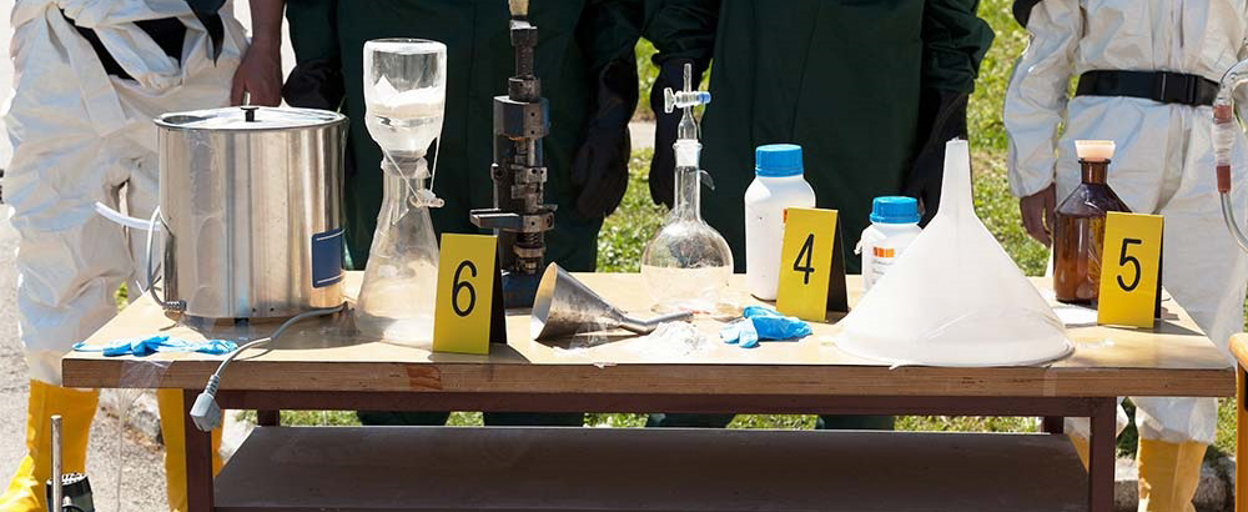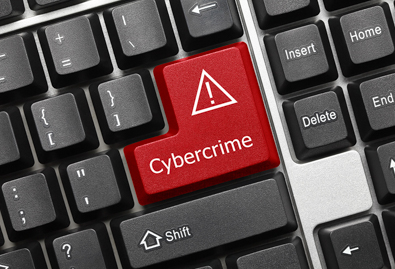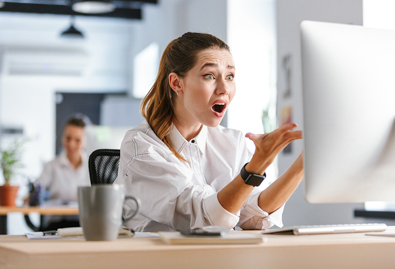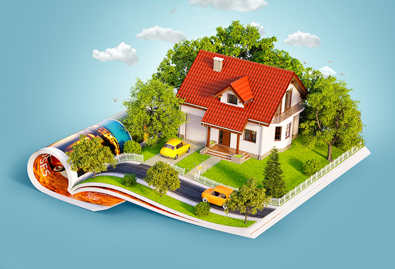- 12 May 2021
- 3 min read
- By Shaun O'Dowd
Signs a rental property might be home to an illegal drug lab
It's a nightmare every property manager would prefer not to face - a suspicion that one of their residential properties might be home to an illegal drug lab. These labs mix dangerous chemicals that give off toxic fumes and poisonous gases that can cause health issues. In some cases, the property can literally explode or catch fire, potentially causing injury or even death.
According to the Queensland Police Service, rental properties are among targets for illegal drug labs and they can be situated in units, apartments, houses, garages and rural properties. Often small and portable, labs can also be located in trucks, caravans, boats, trailers and cars.
What do they contain and make?
Depending on their level of sophistication, illegal drug labs can contain just a few saucepans and glass jars, right through to a complex array of laboratory glassware. Pill and tablet presses can also be present.According to Queensland Police, common drugs made for illegal distribution include amphetamines and methylamphetamines (known as 'speed' or 'ice'), Methylenedioxymethamphetamine (MDMA - known as 'ecstasy'), heroin and 'home-bake' heroin, lysergide (LSD), gamma hydroxybutyric acid (GHB - known as 'fantasy'), paramethoxyamphetamine (PMA), synthetic cannabis and hydroponic cannabis - among others.
What's the risk?
The chemicals used and mixed are highly toxic with the end products corrosive and flammable while hydroponic marijuana setups can pose an electrocution risk.The Queensland Police says exposure to the toxic by-products of these substances can be immediately harmful and life threatening. Prolonged exposure can contribute to serious long term health issues, including brain, liver and kidney damage plus cancer.
The Residential Tenancies Authority says the chemicals involved can be present in the air and find their way onto surfaces within a property. The contamination persists due to the absorption of chemicals in flooring, walls, drains, ducting, furnishings and fittings, leading to health issues if untreated.
Signs to look for
Signs of an illegal drug lab - courtesy of the Queensland Police Service's Clandestine Laboratory Awareness (CLAWS) information brochure - include:- Items of a suspicious nature including improvised heating and cooling mechanisms
- Other used materials (cold and flu packets, empty pseudoephedrine blister strips, gas cylinders or butane fuel cans, stained coffee filters, pH testers or test strips, water pumps) surrounding a property
- An unusual chemical smell
- Plastic containers (with or without chemical labels) at the premises
- Laboratory glassware being carried into a premises or present at a premises
- Fan or pump type noise coming from the premises
- Residents never putting their rubbish out or burning their rubbish
- Little or no traffic at a residence during the day, but frequent traffic late at night or at odd hours
- Windows blackened out or extra effort to ensure windows and doors are covered or reinforced
- Evidence of unusual electrical work surrounding the premises
- Noticeable hoses and pipes near windows or doors
- Installation of extractor fans (especially in garages/sheds)
- Recently rented premises where residents are rarely there
- A new tenant willing to pay rent months in advance, using only cash
- New rental applicants who try to avoid background checks
- Chemical/reaction waste (often carelessly disposed of)
You may also like
View All Articles
View All Articles


Start your Real Estate Career
Need help? 1300 697 347 or contact us




